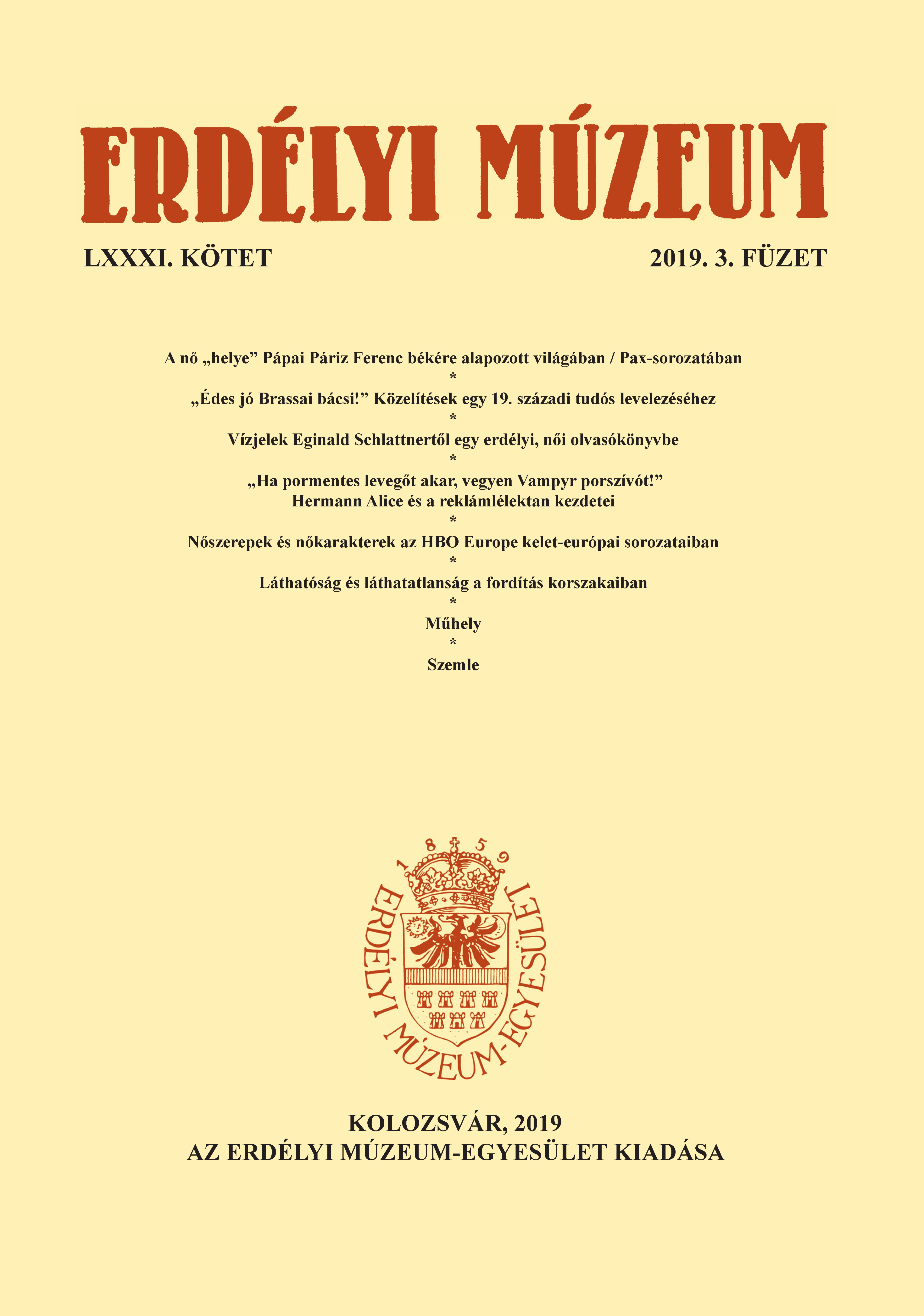-kál végű igék az Erdélyi magyar szótörténeti tárban
Verbs Formed with the Suffix -kál in the Historical Dictionary of the Hungarian Language in Transylvania
Author(s): Borbála ZsemlyeiSubject(s): Historical Linguistics
Published by: Erdélyi Múzeum-Egyesület
Keywords: -kál; suffixation; Historical Dictionary of the Hungarian Language in Transylvania
Summary/Abstract: The main focus of the present article is connected to the morphological structure of Hungarian verbs that have as their final component the morpheme -kál. This is a problematic phenomenon, as the specialized literature presenting derivation (ex. Magyar grammatika, Strukturális magyar nyelvtan) does not include the morpheme -kál in the list of derivational suffixes, therefore the question rises whether -kál can be considered a derivational suffix at all, or do we have to deal with a suffix formed by two separate elements (the diminutive suffix -ka + the verbal suffix -l). To be more specific: in today’s spoken language there are several verbs – definitely formed by derivation – about which we cannot determine whether they were derivated in one or two steps. Therefore, the question is whether in the structure of the verb pisikál -kál is a derivative suffix in itself, or the verbal suffix -l is attached to the diminutivized version of the noun pisi (pisi + -ka). The same phenomenon can be observed in the case of other verbs as well hamikál (hamika + -l vs hami + -kál) or papikál (papika + -l vs papi + -kál). If it gets proved that such a denominal suffix exists, then there must be a deverbal suffix, too, which appears in the morphological structure of the verb járkál for instance. This means that we have two different suffixes: a denominal one and a verbal one. The present article analyses this problem from a historical perspective, based on the data of the Historical Dictionary of the Hungarian Language in Transylvania.
Journal: Erdélyi Múzeum
- Issue Year: LXXXI/2019
- Issue No: 3
- Page Range: 99-109
- Page Count: 11
- Language: Hungarian

